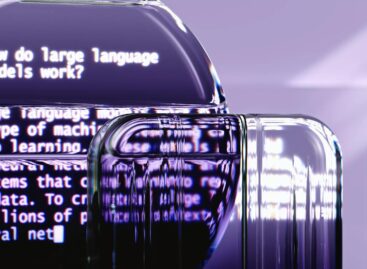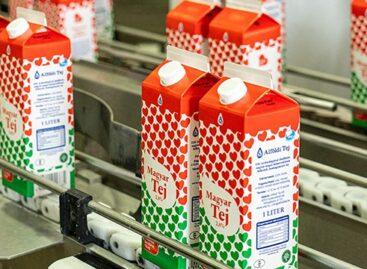Driving safety and sunglasses: what does the latest research show?
Choosing the wrong pair of sunglasses can significantly jeopardize road safety. The wrong lens color or a shade that is too dark slows down the driver’s reaction time and impairs the recognition of traffic signs. This is what Alensa experts draw attention to based on the latest scientific research.
Effect of lens color on reaction time
 Recent scientific studies have yielded shocking results on the effect of sunglasses on driving safety. A comprehensive study has shown that certain lens colors significantly impair the recognition of traffic lights. Problematic lens colors include green shades, which slow down the recognition of red lights, yellow-green colors, which are particularly dangerous for color-blind people, and red-brown shades, which make it difficult to recognize yellow signs.
Recent scientific studies have yielded shocking results on the effect of sunglasses on driving safety. A comprehensive study has shown that certain lens colors significantly impair the recognition of traffic lights. Problematic lens colors include green shades, which slow down the recognition of red lights, yellow-green colors, which are particularly dangerous for color-blind people, and red-brown shades, which make it difficult to recognize yellow signs.
“When using problematic lens colors, we find that drivers react slower on average to traffic signals, which can mean a difference of several meters in braking distance in the city or on the highway,” explains Mária Boros, optometrist and expert at Alensa Optics. Another worrying result is that the majority of customers do not ask about the effect of lens color on driving.
The hidden dangers of dark lenses in driving
A remarkable study has shown that wearing lenses that are too dark can slow down the processing of visual information by up to 15 milliseconds. At a speed of 120 km/h, this results in a difference of approximately 50 centimeters in braking distance. The categorization of sunglasses lenses is not just an aesthetic issue, but is also of paramount importance from a safety perspective. Sunglasses lenses are classified into categories 1-4 based on their light transmission: category 1 is the lightest, filtering out only 20-57% of light, while category 4 is the darkest, filtering out over 97%. Category 4 lenses are not suitable for road driving at all, yet many people use them. Lenses that are too dark have a number of negative effects on driving. They slow down reaction times with a 15-millisecond delay in visual processing, impair depth perception and cause distance estimation problems. These effects can be particularly critical in dangerous situations, such as tunnels or on shaded road sections. Alensa experts recommend only category 2-3 lenses for driving, which provide adequate protection without compromising safety.
Related news
The future of AI agents: key predictions and trends for 2026
🎧 Hallgasd a cikket: Lejátszás Szünet Folytatás Leállítás Nyelv: Auto…
Read more >How to prepare Christmas dinner on the kitchen stove?
🎧 Hallgasd a cikket: Lejátszás Szünet Folytatás Leállítás Nyelv: Auto…
Read more >Related news
Crowds return to stores: margin cap and year-end preparations drive retail traffic
🎧 Hallgasd a cikket: Lejátszás Szünet Folytatás Leállítás Nyelv: Auto…
Read more >The kings of the New Year’s Eve list: hot dogs and champagne in abundance
🎧 Hallgasd a cikket: Lejátszás Szünet Folytatás Leállítás Nyelv: Auto…
Read more >The Alföldi Tej case is drifting towards an uncertain outcome
🎧 Hallgasd a cikket: Lejátszás Szünet Folytatás Leállítás Nyelv: Auto…
Read more >






